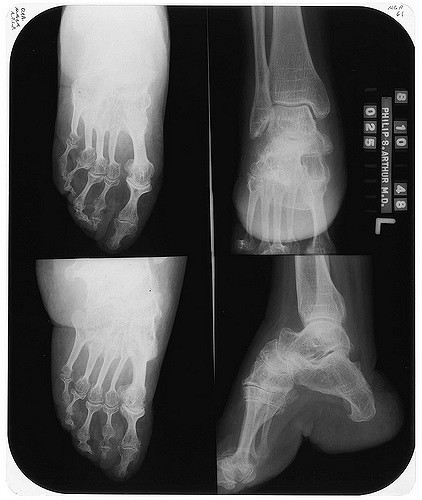Despite the common saying that beauty is only skin deep, people for generations have been obsessed with finding the right cosmetics and fitness routines in order to conform to social standards. This push to achieve the ideal physique has also prompted in recent years a greater acceptance of plastic surgery—from lip fillers to rhinoplasty. Today, these surgical procedures are regulated by various safety protocols and performed by licensed physicians. However, this interest in altering one’s physical appearance is not unique to the 21st century. For generations individuals around the world have engaged in beautification rituals that range from superficial procedures to deleterious treatments that affect one’s long-term health. One such tradition from ancient China has sparked some of the greatest criticism from medical professionals: foot binding.
Just as most beauty crazes today start with celebrities, historians believe that the practice of foot binding grew in popularity among the aristocrats. As a result, women bound their feet in an effort to either maintain or elevate their social status, hoping to achieve the ideal foot length of three to four inches. Young girls were subjected to a painful ordeal in which their four smaller toes were bent and held in place under their foot while their arches were subsequently broken. Infections, skin necrosis, and the loss of toes was not uncommon over the first few years in which the feet were bound. The practice became an intrinsic trademark of Chinese women’s beauty and only officially ended in the late 20th century.
Social standards dictated that the idea length of a woman’s feet would be three inches.Image Source: Danita Delimont
In recent years, scientists have gained interest in the long-term effects foot binding has on the bone health of women. From physical observation it was clear that foot binding deterred the proper growth of the bones in the foot, resulting in a malformation that could cause intense pain and limit certain physical activities. Researchers, however, wanted to determine quantitatively how the practice affected the daily routines of women. One study examined 193 women, ranging from 70 to 92 years of age, from Beijing, China. The scientists interviewed each of the women and asked them to perform simple tasks such as standing up or squatting. Their results indicated that elderly women with bound feet were at greater risk of falling; they also had less bone density in their necks and hips compared to women who had never had their feet bound. Additionally, approximately half of the women with bound feet between the ages of 80 and 92 had more trouble squatting and standing up.
Foot binding as a practice is without question painful and injurious to a woman’s health at all stages of life. Revisiting these ancient traditions can help us as a community both understand the repercussions of certain beauty procedures and how social standards are responsible for their promotion.
Featured Image Source: X-ray of four views of footbinding (NCP 00061), National Museum of Health and Medicine by National Museum of Health and Medicine










